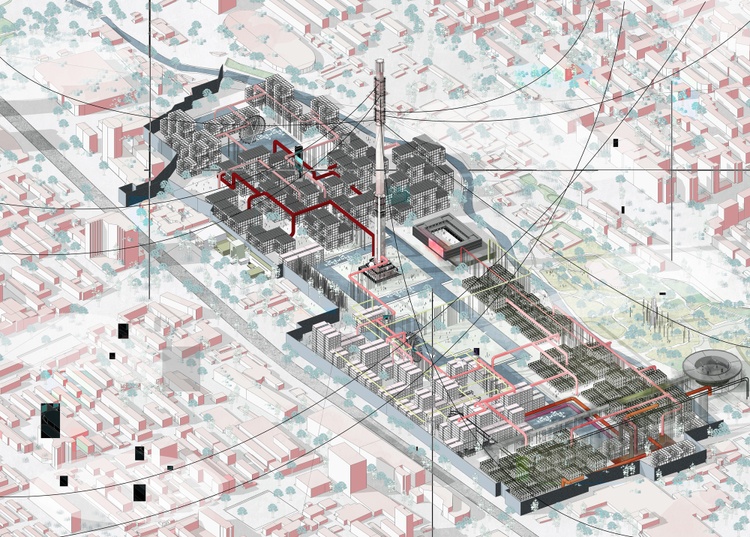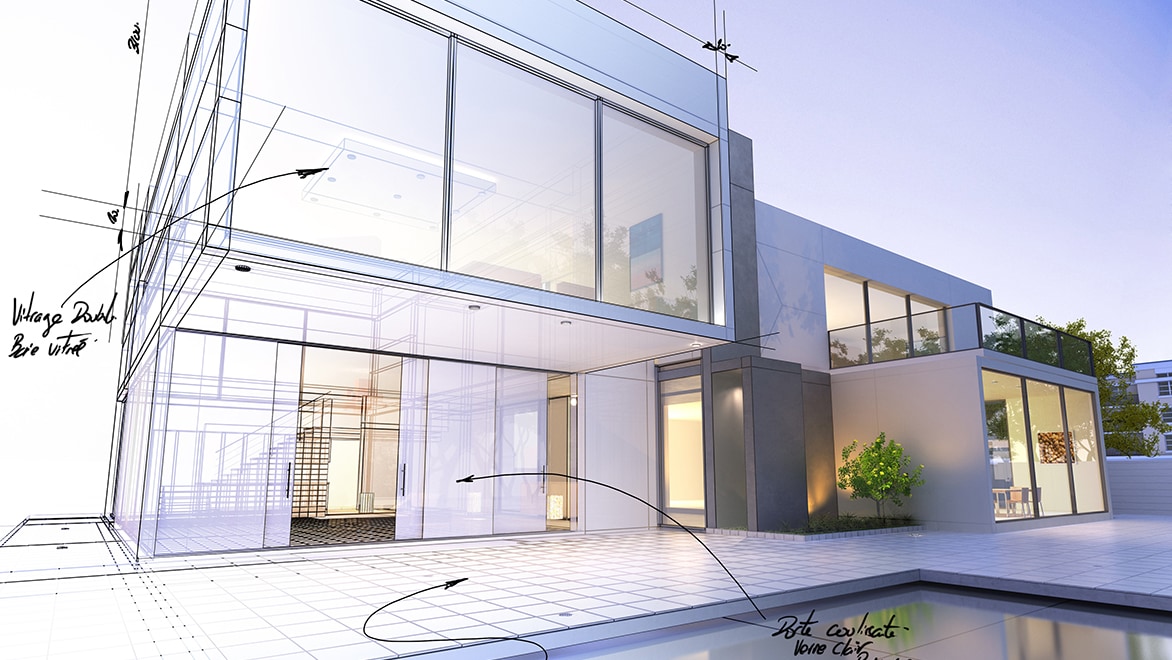Transforming Rooms: The Vision of CDA Architects for Modern Living
The Vital Duty of an Architect in Forming Sustainable Urban Atmospheres for Future Generations
The duty of an engineer in crafting lasting metropolitan settings is progressively crucial in responding to the challenges of environment adjustment and urbanization. By effortlessly incorporating environmental concepts into their styles, designers not only improve the visual and practical top quality of metropolitan areas but also address pushing problems such as energy performance and social equity.
Understanding Sustainable Urban Layout
Sustainable urban layout integrates ecological principles with urban planning to create environments that are not only comfortable but also resistant. This method highlights the relevance of including all-natural systems into the urban textile, ensuring that development fulfills the demands of the existing without compromising the capacity of future generations to satisfy their very own needs. Crucial element of lasting urban layout consist of efficient land usage, the promotion of biodiversity, and the integration of eco-friendly areas, every one of which add to boosted high quality of life for citizens.
Furthermore, sustainable city style prioritizes the decrease of the metropolitan heat island result, enhanced air quality, and effective stormwater management. It urges using renewable resources and energy-efficient building techniques, which considerably lower carbon impacts. Lasting city design fosters social equity by developing accessible public areas and advertising mixed-use developments that provide to varied populations.
Via thoughtful preparation and innovative layout methods, lasting metropolitan atmospheres can improve area strength versus climate modification while cultivating economic growth. This holistic method not just addresses immediate metropolitan obstacles yet likewise prepares for healthier, a lot more sustainable cities for generations ahead.
Key Responsibilities of Architects
Designers play a pivotal function fit lasting urban atmospheres by translating design principles into tangible frameworks and areas. Their duties encompass a wide variety of tasks that add to the total success of urban layout projects.
Primarily, engineers carry out comprehensive site evaluations to comprehend the ecological, social, and cultural context of their tasks. This foundational understanding informs their layout decisions, making certain that structures balance with their surroundings. They also participate in joint processes with stakeholders, including city organizers, designers, and the neighborhood, promoting an inclusive strategy to urban development.
Additionally, architects are tasked with creating designs that optimize energy effectiveness, resource conservation, and functionality. They need to stick to regional zoning legislations, constructing codes, and sustainability qualifications, guaranteeing compliance while pressing the borders of advancement.

Cutting-edge Materials and Techniques
In the pursuit of environmentally liable design, innovative products and strategies have become crucial components in the development of sustainable urban environments. Engineers are progressively using products that minimize ecological influence while improving power performance. For example, recycled materials, such as redeemed wood and repurposed metals, not only reduce waste but additionally include unique aesthetic qualities to frameworks.
Additionally, developments in modern technology have caused the growth of high-performance materials, such as insulated concrete types (ICFs) and photovoltaic or pv glass, which contribute to energy conservation and harness renewable resource. Methods such as easy solar layout and green roofings further exhibit how design can integrate with all-natural systems, reducing reliance on fabricated cooling and heating.
Additionally, the assimilation of clever products, which adjust to environmental modifications, supplies encouraging methods for boosting structure performance - cda architects. These materials can respond to temperature fluctuations or wetness levels, enhancing convenience and sustainability
Inevitably, the strategic selection and application of innovative materials and techniques empower designers to produce city spaces that are not just functional and visually pleasing but likewise resilient and environmentally responsible, making sure a lasting future for generations to find.
Area Involvement and Collaboration
The success of ingenious materials and techniques in lasting urban design is considerably enhanced by energetic area interaction and cooperation. Engineers have to acknowledge that the built environment greatly impacts the lives of neighborhood citizens, making it important to involve them in the style process. Involving the area promotes a feeling of possession and liability, ensuring that growths not just satisfy aesthetic and practical demands however likewise show the worths and desires of those that populate them.

Effective area engagement also assists in focusing on social equity within city development. By considering the voices of marginalized populaces, engineers can create spaces that are comprehensive and equitable. This way, neighborhood interaction and partnership come to be essential to accomplishing really sustainable city settings that offer the demands of present and future generations.
Future Fads in Lasting Design

Furthermore, advancements in modern technology are shaping future fads in lasting architecture. The combination of smart materials and structure systems enables for real-time power management, boosting efficiency and minimizing carbon footprints. Advancements such as green roofing systems, living walls, and energy-generating facades are coming to be basic techniques, further promoting eco-friendly balance within metropolitan environments.
Additionally, a change towards biophilic style have a peek at this site is gaining grip, stressing the connection between nature and human wellness. By including natural elements, designers develop rooms that foster mental health and wellness while advertising biodiversity.
Verdict
Finally, designers are crucial ahead of time sustainable urban atmospheres via their competence in design, innovative materials, and area involvement. By prioritizing energy effectiveness and resource preservation, these specialists add to the creation of resilient urban areas useful content that fulfill the demands of existing and future generations - cda architects. The assimilation of eco-friendly concepts not just boosts livability but likewise promotes social equity, making certain developments reverberate with the values and aspirations of the neighborhoods they offer